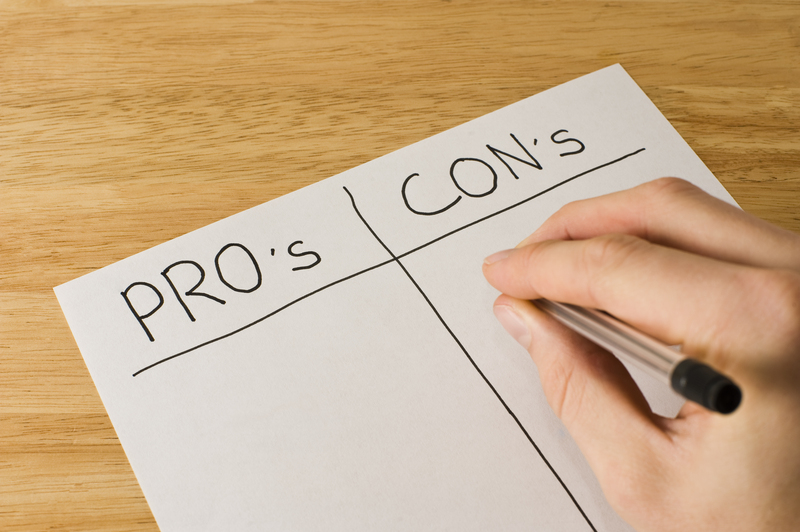Balancing Fitness and Emotions When Moving
Posted on 20/09/2025
Balancing Fitness and Emotions When Moving
The Emotional Toll of Moving
Moving to a new home can be a highly emotional experience. You might feel a mix of excitement, anxiety, sadness, and stress all at once. These emotions can arise from the anticipation of change, the physical act of relocating, or the nostalgia of leaving an old place behind. It's essential to recognize these feelings and address them effectively to make the transition as smooth as possible.

The Impact of Moving on Fitness
During the moving process, maintaining your regular fitness routine can fall by the wayside. Packing, organizing, and the actual move can leave little time and energy for exercise. Skipping workouts not only affects physical health but also mental well-being. Exercise is a vital stress reliever and skipping it can exacerbate the emotional challenges associated with moving.
Tips for Balancing Fitness During a Move
1. Schedule Your Workouts
Just like you schedule time for packing, dedicate specific periods for exercise. Even a short 20-minute workout can make a big difference in keeping your fitness level steady and reducing stress.
2. Make Use of Moving Activities
Lifting boxes, walking up and down stairs, and other moving activities can double as a workout. Consider wearing a fitness tracker to measure your steps and calories burned throughout the day.
3. Opt for Calming Exercises
Incorporate yoga, stretching, and breathing exercises into your routine. These can help you stay centered and reduce anxiety.
Managing Emotions While Moving
1. Acknowledge Your Feelings
It's crucial to acknowledge your emotions rather than suppress them. Take time to reflect on how you're feeling through journaling or talking with a friend or family member.
2. Establish a Routine
Routines can provide a sense of normalcy and comfort. Try to maintain consistent meal times, sleep schedules, and personal rituals during the moving process.
3. Seek Support
Don't hesitate to ask for help. Whether it's professional movers, friends, or family, support can ease both physical and emotional burdens.
4. Use Mindfulness Techniques
Mindfulness strategies like meditation can help you stay grounded. Apps like Headspace or Calm offer guided meditations specifically designed to manage stress and anxiety.
Pros and Cons of Balancing Fitness and Emotions When Moving
Pros:
- Reducing stress and anxiety through physical activity and emotional acknowledgment.
- Maintaining overall well-being during a challenging period.
- Boosting energy levels to handle the demands of moving.
Cons:
- Finding time to balance both can be challenging.
- Risk of overlooking emotional needs when focused solely on physical tasks.
- Initial stages might feel overwhelming as you adjust to the dual focus.

Takeaways
Balancing fitness and emotions when moving is not only possible but also beneficial. It requires planning, the right mindset, and utilizing available resources and support systems. Small but consistent efforts in managing both aspects can lead to a smoother and more positive moving experience.
Conclusion
Moving is often one of the most stressful life events, affecting both your physical fitness and emotional well-being. By acknowledging these challenges and implementing strategies to balance both, you can navigate the moving process more effectively. While it might take extra effort, the rewards of staying both physically active and emotionally healthy during a move are well worth it. Remember, a balanced approach to fitness and emotions can make all the difference in ensuring a successful transition to your new home.





